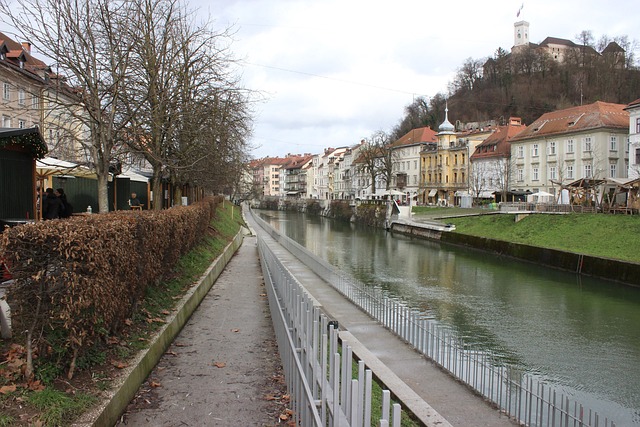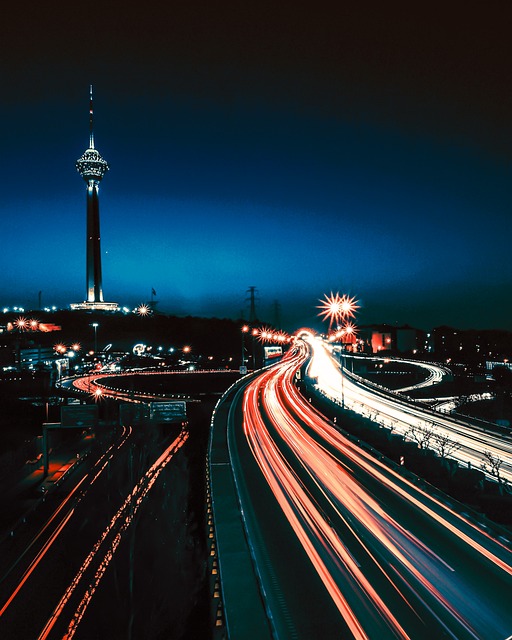Karachi's DHA Defence sector faces gas distribution challenges due to peak demand, maintenance issues, supply chain problems, and extreme weather. Local stakeholders are addressing these problems through infrastructure upgrades, diversification of gas sources, and advanced monitoring systems. This multi-faceted approach aims to improve gas network stability and security, crucial for supporting economic growth and enhancing the quality of life in DHA Defence and the wider Karachi region. Key strategies include expanding the distribution network, implementing advanced technology, promoting alternative gas sources, and fostering collaborative efforts between government, private sector, and community organizations.
In the bustling metropolis of Karachi, ensuring reliable gas availability is a critical aspect of urban living. This article delves into the intricacies of gas distribution in DHA Defence, exploring factors that impact its accessibility. From infrastructure challenges to demand dynamics, we unravel the complexities shaping this vital resource’s reach. Additionally, we present innovative solutions and strategies aimed at enhancing gas accessibility for Karachi’s residents, highlighting potential game-changers for a smoother energy landscape in the city.
- Understanding Gas Availability in DHA Defence, Karachi
- Factors Affecting Gas Distribution in the Area
- Solutions and Strategies for Better Gas Accessibility
Understanding Gas Availability in DHA Defence, Karachi

In Karachi, particularly within the DHA Defence sector, gas availability has become a pressing concern for residents and businesses alike. This bustling metropolis, known for its vibrant landscape and constant hustle and bustle, heavily relies on natural gas for cooking, heating, and industrial processes. However, the region often faces challenges related to consistent and reliable gas supply, leading to inconveniences and disruptions. Understanding the dynamics of gas availability in DHA Defence is crucial for addressing these issues and ensuring a stable energy infrastructure for Karachi’s ever-growing population.
The variability in gas distribution in DHA Defence can be attributed to several factors, including peak demand periods, maintenance schedules, and occasional supply chain bottlenecks. Karachi’s climate also plays its part, as extreme weather conditions can impact gas pipeline operations. To mitigate these challenges, local authorities and energy providers are increasingly focusing on infrastructure enhancements, diversifying gas sources, and implementing advanced monitoring systems. These efforts aim to provide a more stable and secure gas supply network for the region, thereby fostering economic growth and improving the overall quality of life in DHA Defence and beyond.
Factors Affecting Gas Distribution in the Area

The gas distribution network in DHA Defence, Karachi, is influenced by several factors that contribute to its efficiency or challenges. One primary consideration is the area’s geographical layout and infrastructure. Karachi’s diverse terrain, including coastal areas and urban densely populated neighbourhoods, poses unique logistical hurdles for gas pipeline installation and maintenance. The city’s rapid development and expanding population also demand continuous enhancement of the distribution system.
Another crucial factor is the local climate, with extreme temperatures during summer and winter testing the resilience of gas pipelines. Moreover, the demand patterns vary across seasons, leading to fluctuations in gas supply and distribution. Karachi’s traffic congestion adds complexity to the delivery process, requiring optimized routes and efficient logistics management. The availability of storage facilities plays a significant role too, ensuring a steady supply despite peaks in demand or temporary disruptions.
Solutions and Strategies for Better Gas Accessibility

In Karachi, ensuring better gas accessibility involves a multi-faceted approach. One key strategy is to expand and optimize the city’s distribution network. This includes increasing the number of gas stations, particularly in areas with high population density and industrial hubs. The use of advanced technology, such as digital mapping and smart metering, can significantly enhance efficiency in managing gas supply and demand. Additionally, promoting alternative gas sources like liquefied petroleum gas (LPG) and biogas can offer more options for residents and businesses, ensuring a stable and reliable supply.
Collaborative efforts between the government, private sector, and community organizations are essential to implement these solutions. Educational campaigns can raise awareness about energy conservation and efficient gas usage, while incentives for adopting alternative energy sources can encourage broader acceptance. In terms of infrastructure development, investing in pipelines and storage facilities not only improves accessibility but also reduces costs and environmental impact. Karachi’s strategic location allows for potential collaborations with neighboring cities to create a robust regional gas network, further enhancing overall gas availability.
In conclusion, addressing gas availability challenges in DHA Defence, Karachi, requires a multifaceted approach. By understanding the unique factors affecting distribution in this densely populated area, we can implement effective solutions. Enhancing gas infrastructure, promoting alternative energy sources, and adopting smart grid technologies are key strategies to ensure better gas accessibility for the residents of Karachi. These measures will not only improve convenience but also contribute to a more sustainable and efficient energy landscape in the city.

Leave a Reply